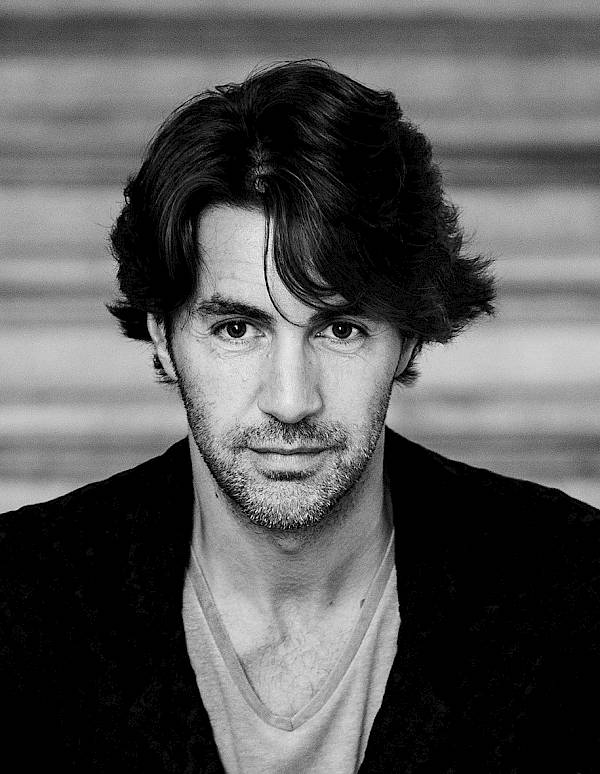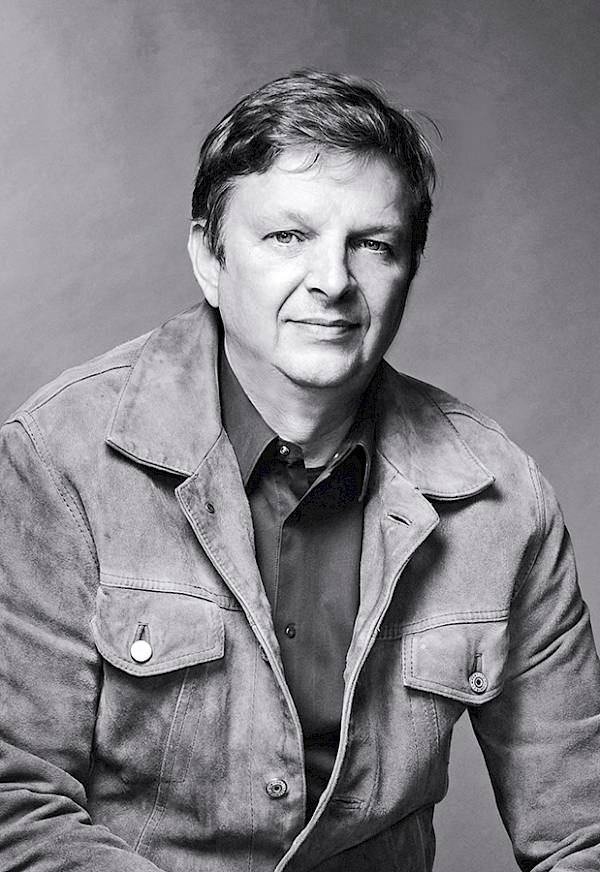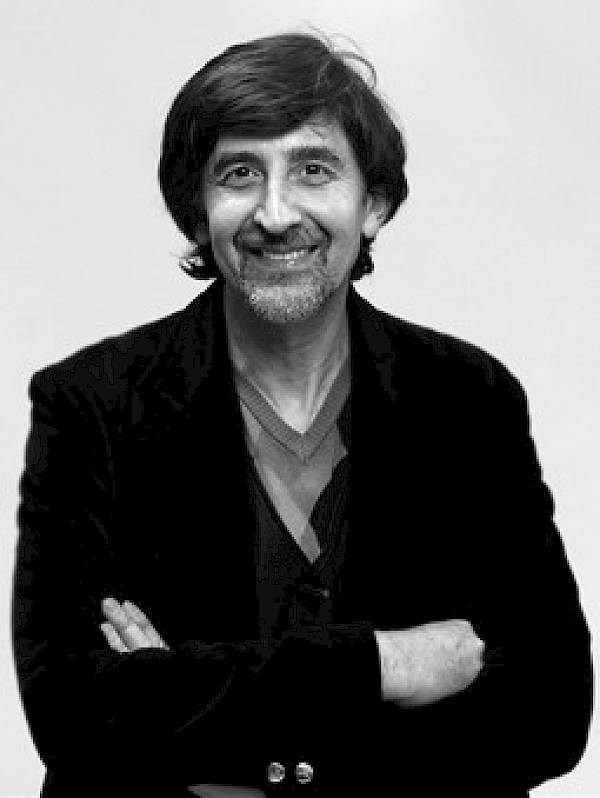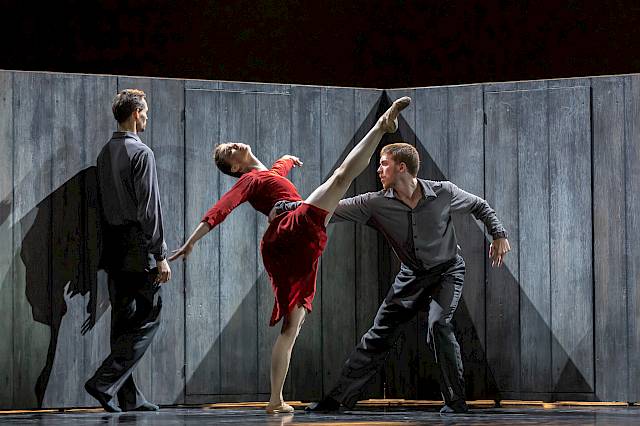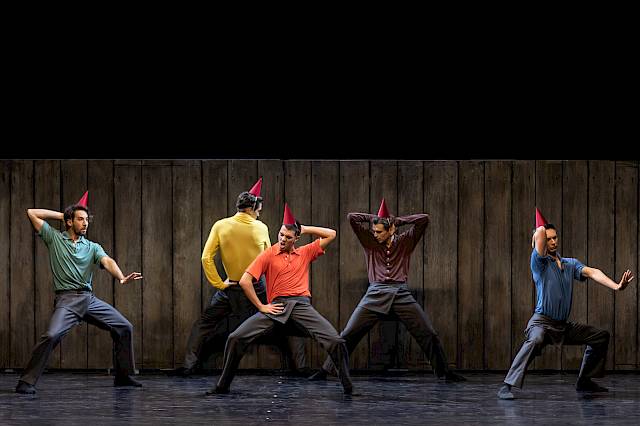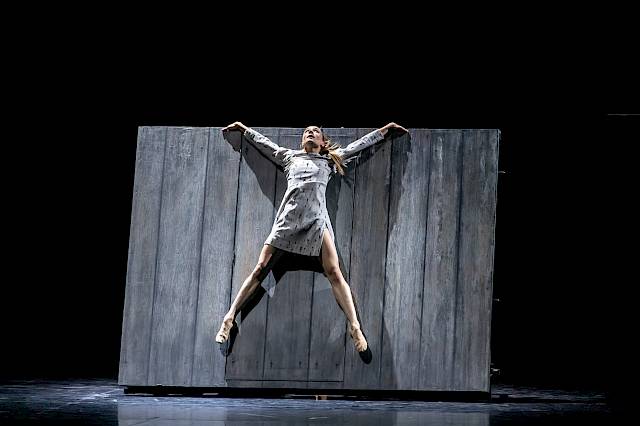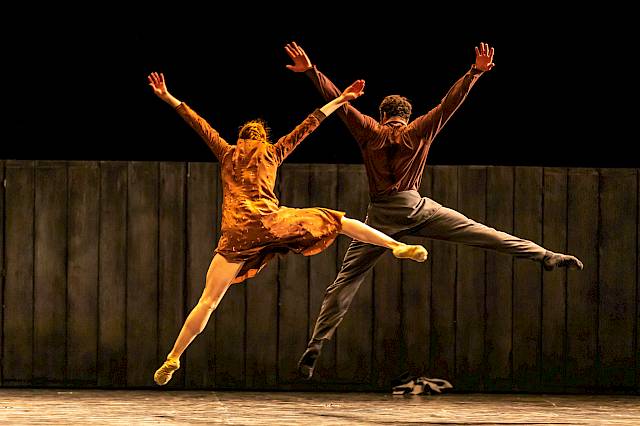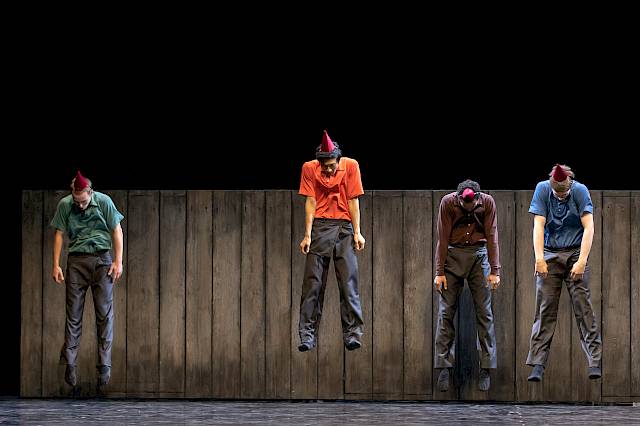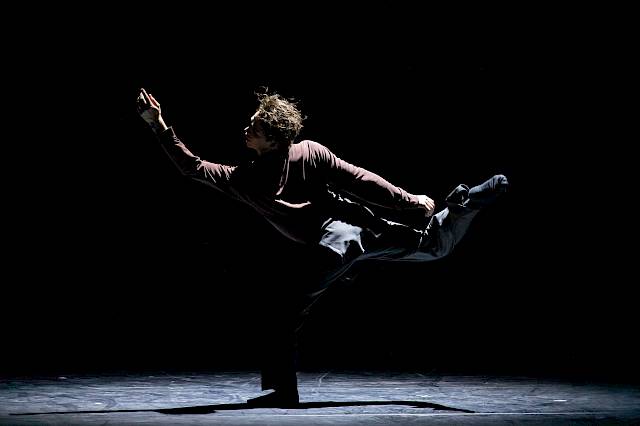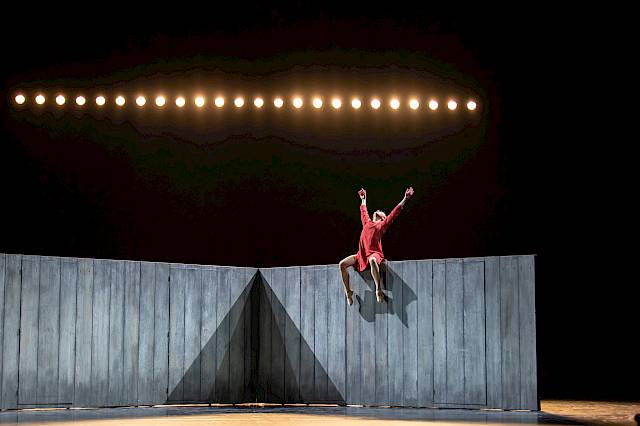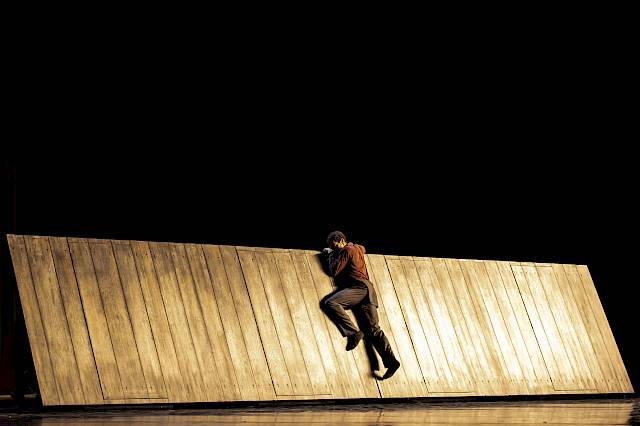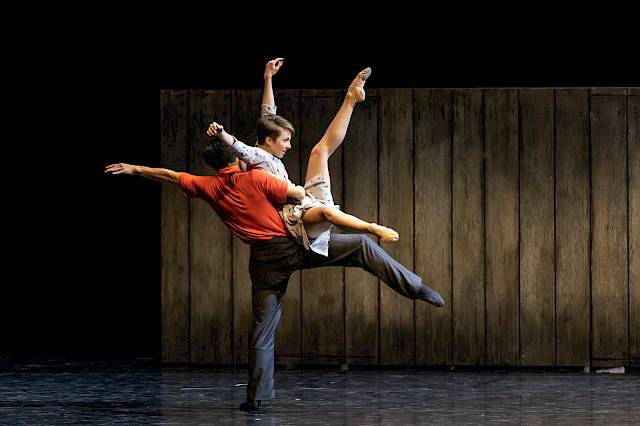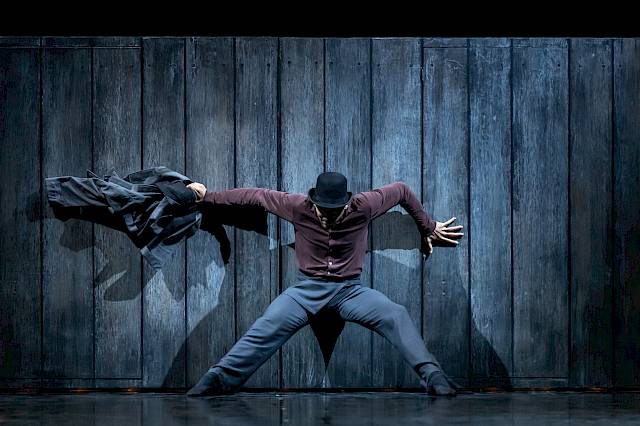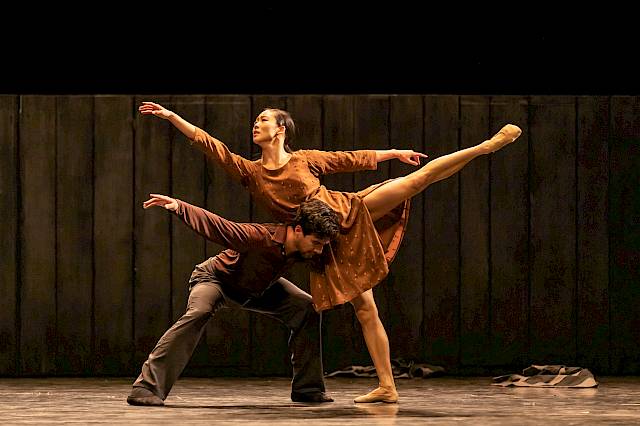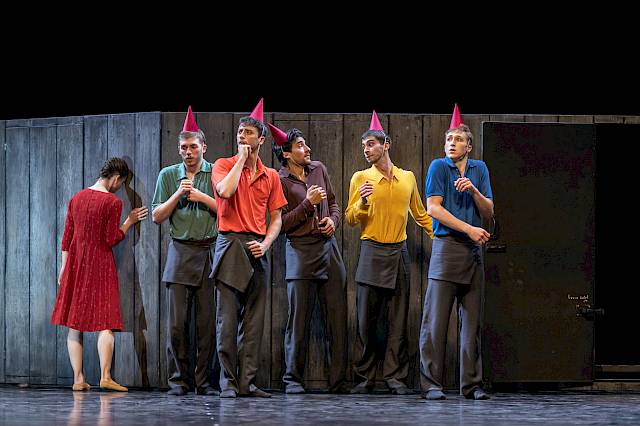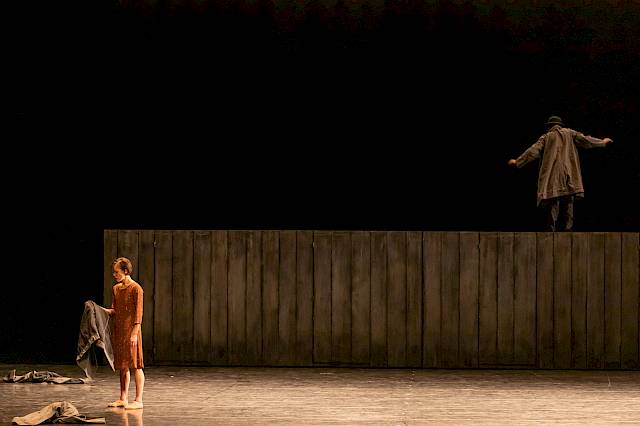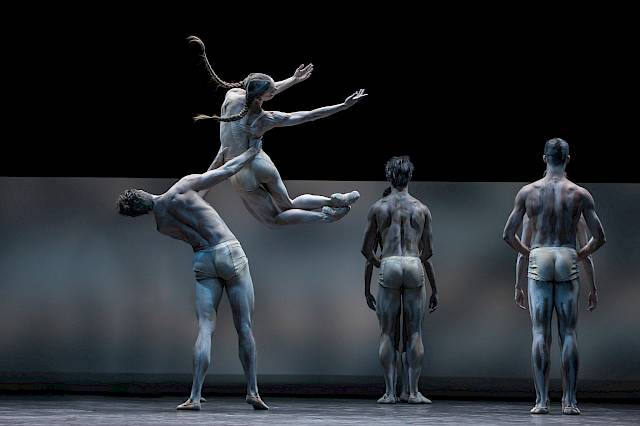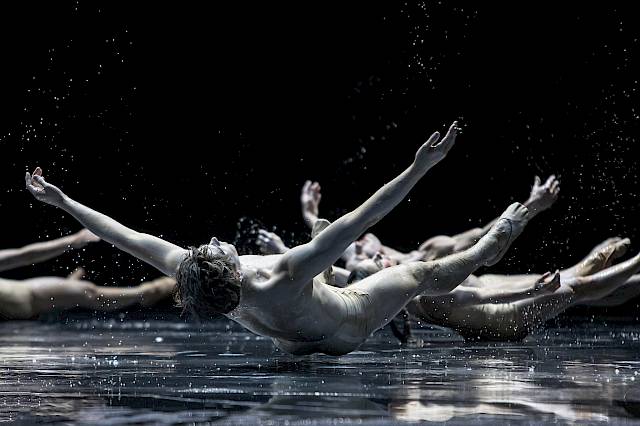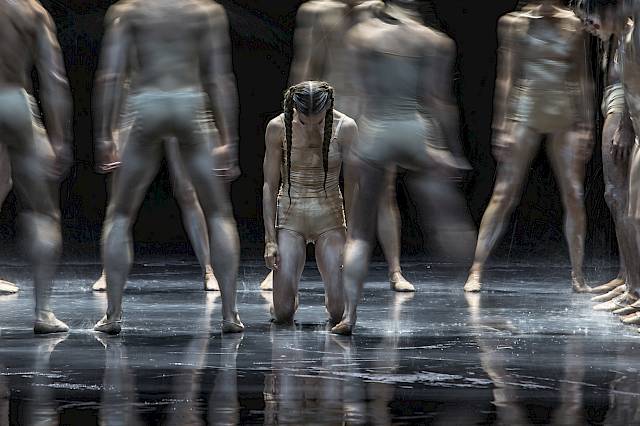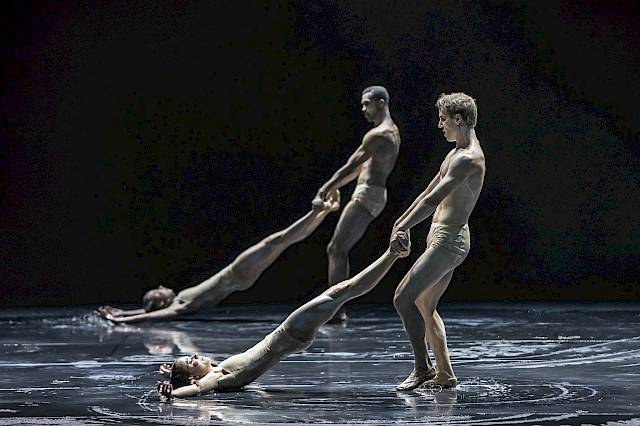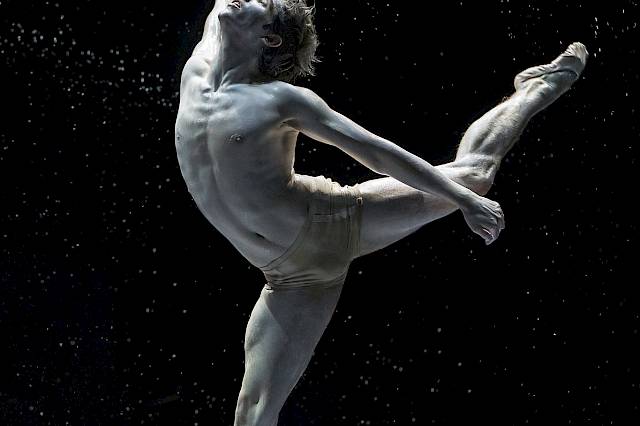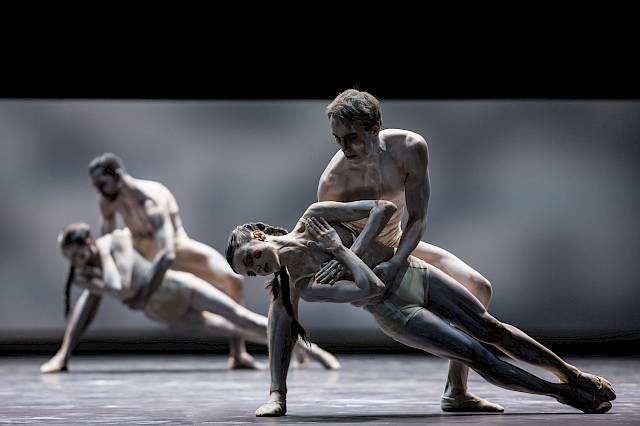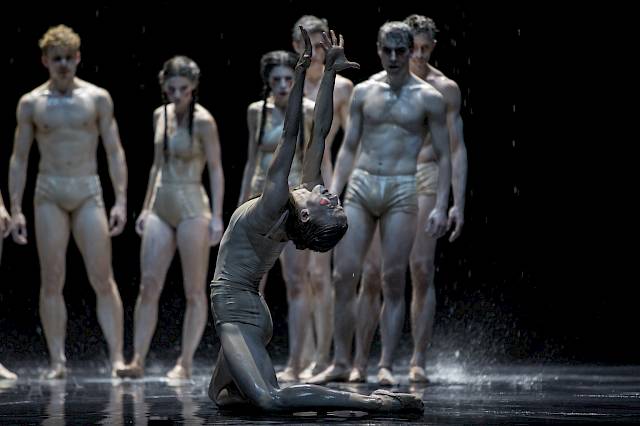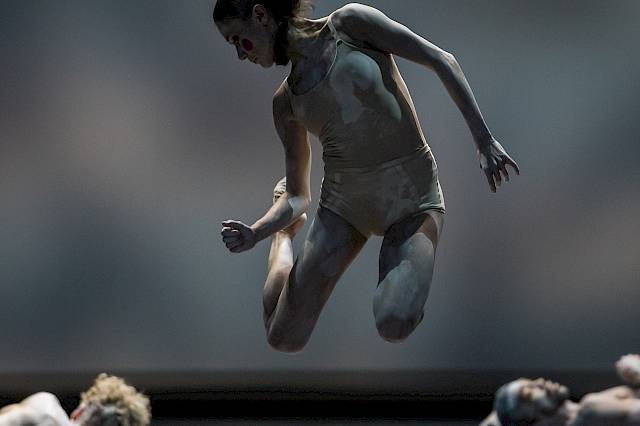Abstract
This production brings together Maurice Ravel’s Boléro and Le Sacre du printemps by Igor Stravinsky, presenting two spectacular French ballet scores from the first half of the 20th century.
With Le Sacre du printemps, a young Stravinsky charted completely new musical waters. Its premiere in Paris in 1913, performed by the legendary Ballets russes, set off one of the greatest theatrical scandals in history. This controversial material has proven irresistible to choreographers ever since. The depiction of a rite of spring in pre-Christian Russia culminates in an act of violence on stage. In an archaic ritual, a woman is sacrificed to the god of fertility in order to secure nature’s favor. Inspired by Vaslav Nijinsky’s original 1913 interpretation, Slovenian choreographer Edward Clug created his own contemporary approach for this production: by confronting the dancers in spectacular fashion with the element of water. In doing so, the focus of his interpretation becomes that of humankind as nature’s plaything.
Even more popular than Stravinsky’s work is Maurice Ravel’s Boléro, first brought to the stage by Bronislava Nijinska in Paris in 1928. Swedish choreographer Johan Inger chose Ravel’s maelstrom-like work for his Walking Mad, which was premiered by the Nederlands Dans Theater in 2001. With the stage adorned with nothing but a movable wooden fence, Inger creates a high-stakes interpersonal drama in which the dancers appear bizarre, surreal, or clown-like, their comedic goings-on progressing inexorably to the abyss.


